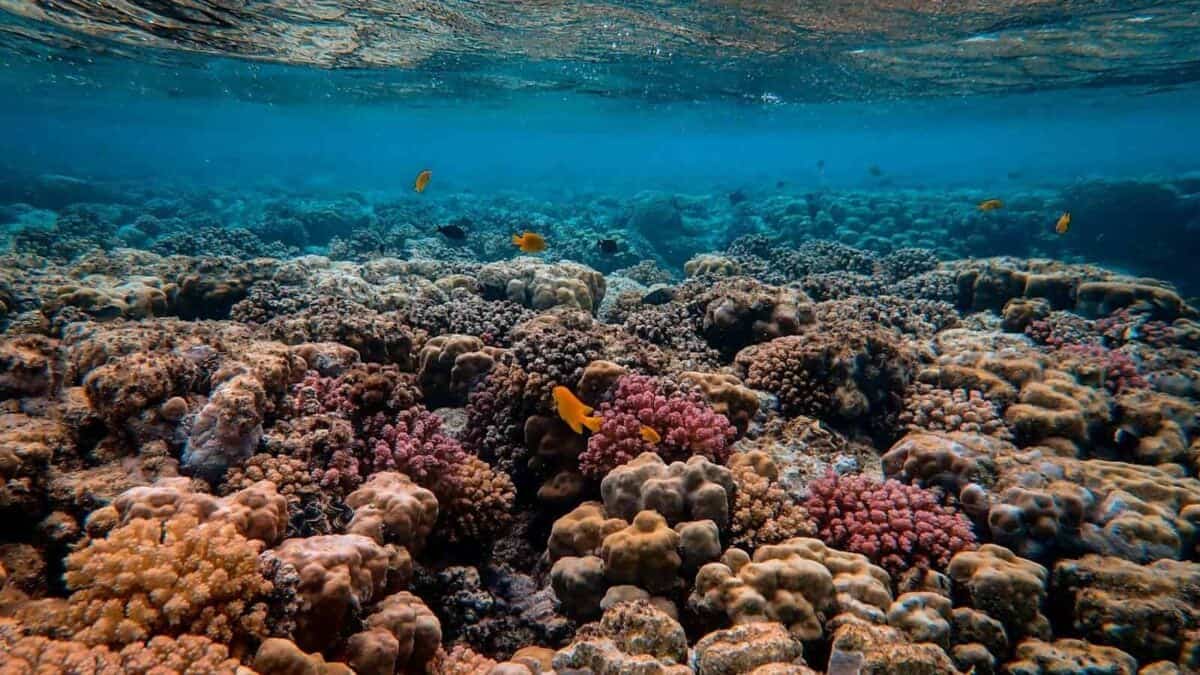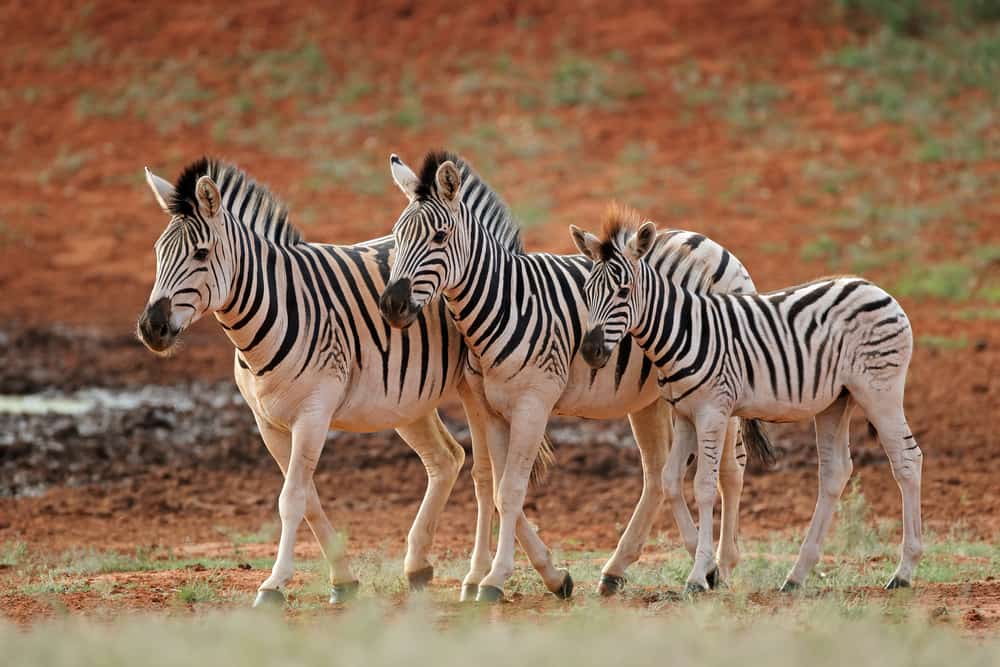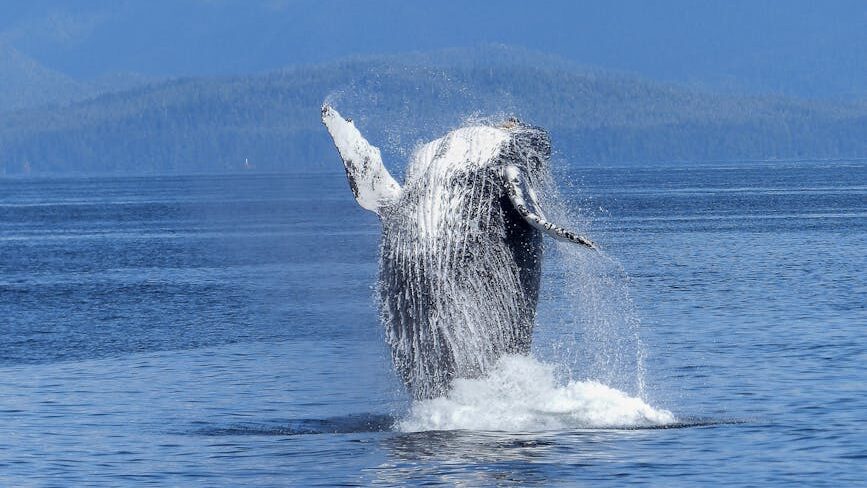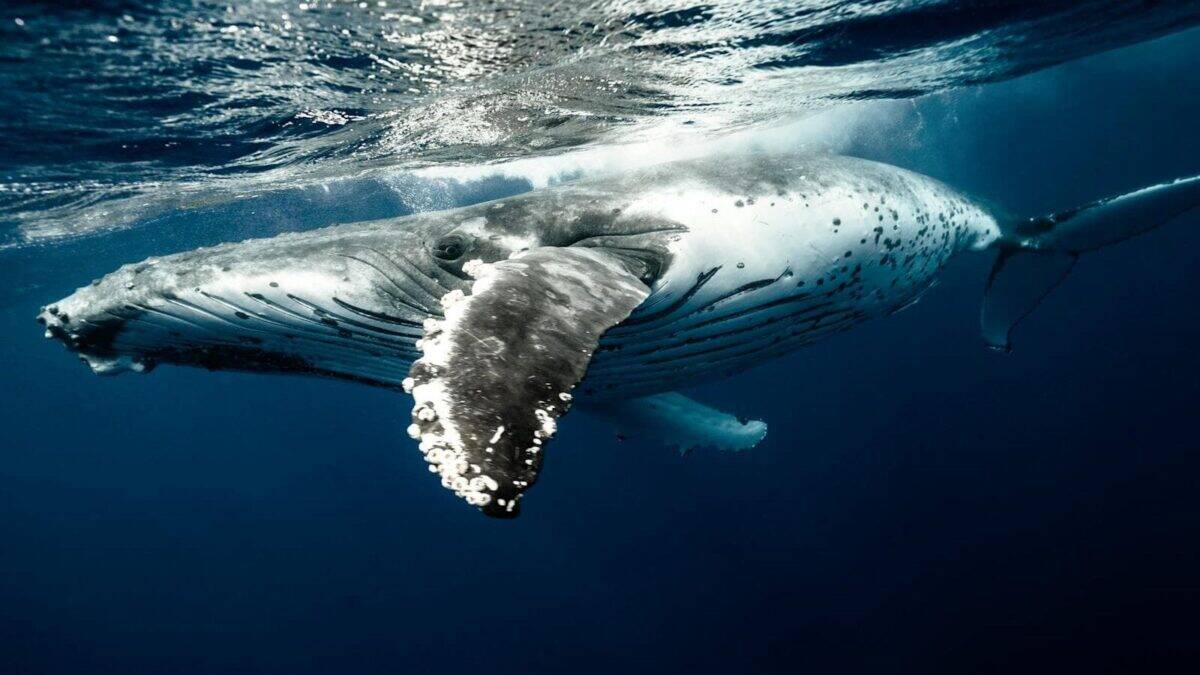Sleep is a fascinating yet mysterious aspect of animal life that continues to captivate our curiosity. From the bizarre sleeping habits of certain species to the similarities between human and animal sleep, there’s much to explore in this realm of animal behavior. People frequently turn to Google with questions about how, when, and why animals sleep, seeking to understand these essential but often puzzling behaviors. This article delves into the ten most commonly asked questions about animal sleep, providing scientifically accurate and engaging answers that illuminate this crucial aspect of animal life.
11. Do All Animals Sleep?

Yes, virtually all animals exhibit some form of sleep-like state, though the nature and patterns of sleep vary dramatically across species. Scientists have documented sleep behaviors in everything from mammals and birds to reptiles, amphibians, fish, and even some invertebrates like fruit flies and jellyfish. However, what constitutes “sleep” differs significantly across the animal kingdom. For mammals and birds, sleep typically involves specific brain wave patterns, reduced responsiveness to stimuli, and characteristic postures. In contrast, simpler animals may enter rest states that lack some of these features but still serve similar restorative functions.
Interestingly, some animals have evolved remarkable adaptations that challenge our conventional understanding of sleep. Certain marine mammals like dolphins practice unihemispheric sleep, where one brain hemisphere remains awake while the other sleeps, allowing them to continue swimming and breathing at the surface. Meanwhile, some migratory birds can sleep while flying, and certain fish rest motionless but maintain vigilance against predators. These variations demonstrate how sleep has evolved to accommodate the diverse ecological niches and survival challenges animals face, while highlighting the universal importance of rest across the animal kingdom.
10. Which Animal Sleeps the Most?

The koala holds the title for one of the sleepiest animals on Earth, snoozing for an impressive 18-22 hours per day. This extensive sleep requirement relates directly to their specialized diet of eucalyptus leaves, which are low in nutrients and high in toxins that require considerable energy to digest. Sleep conserves energy that koalas need for their metabolic processes. Other remarkably sleepy animals include giant armadillos and brown bats, both averaging about 19 hours of sleep daily. Sloths, contrary to popular belief, sleep for a more moderate 10 hours per day in the wild, though they move very slowly when awake, giving the impression of perpetual drowsiness.
At the opposite end of the spectrum, large grazing animals like horses and giraffes have evolved to require very little sleep, often getting by on just 2-3 hours daily, usually taken in short standing naps. This minimal sleep requirement relates to their vulnerable position in the food chain – as prey animals, remaining alert is crucial for survival. Elephants similarly sleep only 2-4 hours per day, often remaining standing during their brief rest periods. These vast differences in sleep requirements illustrate how sleep duration has evolved to balance energy conservation, metabolic needs, and predation risk across different species.
9. Do Fish Sleep?

Fish do engage in sleep-like states, though their rest behaviors differ substantially from those of land animals. Without eyelids to close, fish typically appear alert even while sleeping, making their rest periods less obvious to casual observers. Most fish enter periods of reduced activity, minimal movement, and decreased responsiveness to non-threatening stimuli. During these rest phases, many species find shelter in rocks, coral, or plants, while others hover nearly motionless in the water column. Some fish, like certain wrasses and parrotfish, even secrete protective mucus cocoons around themselves before sleeping to mask their scent from predators.
Sleep patterns vary widely among fish species, reflecting their diverse ecological niches. Some fish are diurnal (active during daylight), others nocturnal (active at night), and some crepuscular (active at dawn and dusk), with rest periods scheduled accordingly. Interestingly, some species, particularly those in continuous social groups like schooling fish, may practice forms of vigilance during rest, where some individuals remain more alert while others sleep more deeply. While fish lack the brain structures that produce mammalian sleep patterns, research has shown that zebrafish, a common research species, experience sleep rebound (increased sleep following sleep deprivation), suggesting that whatever form their rest takes, it serves essential biological functions similar to sleep in other animals.
8. Do Animals Dream?

Evidence strongly suggests that many animals do dream, particularly mammals and birds. These animals experience a sleep phase called Rapid Eye Movement (REM) sleep, which is when most human dreaming occurs. During REM sleep, researchers have observed that animals exhibit many of the same physiological signs as humans: rapid eye movements beneath closed lids, irregular breathing patterns, and temporary muscle paralysis (presumably to prevent acting out dreams). Brain scans of sleeping rats have revealed that their neural firing patterns during REM sleep closely resemble those recorded while the animals were running mazes when awake, suggesting they may be “replaying” their experiences in dreams.
The most compelling evidence for animal dreaming comes from studies of sleeping dogs, cats, and laboratory animals. Dogs often twitch, paddle their legs, and even bark softly during REM sleep, behaviors that strongly suggest they’re experiencing dream scenarios related to typical waking activities like chasing or playing. Scientists at MIT were even able to manipulate the content of rat dreams by activating specific brain cells associated with particular locations while the animals slept. While we cannot know the subjective experience of animal dreams, the neurological and behavioral evidence indicates that dreaming is not uniquely human but rather a shared feature of many vertebrate brains, likely serving important functions in memory consolidation and learning.
7. Why Do Some Animals Sleep Standing Up?

Several large ungulates (hoofed mammals) have evolved the remarkable ability to sleep while standing, an adaptation primarily driven by predator avoidance. Horses, zebras, elephants, and giraffes all possess this skill, which allows them to remain ready for rapid flight from danger even while resting. The anatomical feature that makes this possible is called the “stay apparatus” – a system of tendons, ligaments, and specialized joint structures that can lock their legs in place without requiring active muscle contraction. This passive locking mechanism allows these animals to relax their muscles and achieve light sleep while maintaining an upright position, conserving energy while staying prepared for quick escape if threatened.
However, standing sleep has limitations. Most animals that sleep standing up only engage in lighter forms of sleep in this position, reserving deeper, more restorative sleep phases for when they feel secure enough to lie down. Horses, for example, typically doze while standing but will lie down for brief periods to achieve REM sleep, which requires muscle relaxation incompatible with standing. Interestingly, these animals have adapted to function with significantly less deep sleep than predatory species, which can afford to sleep more deeply for longer periods. The biology of standing sleep demonstrates how profoundly the pressures of predation have shaped sleep behaviors in prey species, creating fascinating adaptations that balance the essential need for rest with the equally critical need for vigilance.
6. Do Animals Get Insomnia?

While animals don’t experience insomnia exactly as humans do (with worries about bills keeping them awake), they can certainly suffer from sleep disruptions that resemble insomnia. Environmental changes, stress, illness, pain, and age-related factors can all disturb normal sleep patterns in animals. Researchers have documented sleep disruptions in many species, from pets to laboratory and wild animals. For example, studies on captive rhesus monkeys show they experience poorer sleep quality when stressed or placed in unfamiliar environments. Similarly, dogs and cats living in noisy urban settings or experiencing anxiety often show disturbed sleep patterns that mirror some aspects of human insomnia.
Sleep disorders in animals can manifest as difficulty falling asleep, frequent waking, reduced total sleep time, or abnormal sleep behaviors. In domestic animals, signs of sleep problems might include restlessness at night, excessive daytime sleepiness, irritability, or behavioral changes. Some animals, particularly those with cognitive dysfunction syndrome (similar to dementia in humans), may experience “sundowning” – increased confusion and activity during normal sleeping hours. While animals can’t report subjective insomnia symptoms, physiological measurements and behavioral observations can confirm when their sleep is disrupted. Veterinarians sometimes prescribe medications or behavioral interventions for pets with severe sleep disturbances, particularly when they affect quality of life or stem from underlying medical conditions.
5. Which Animals Never Sleep?

Despite persistent internet claims about animals that “never sleep,” no scientifically verified case exists of an animal that truly never sleeps. All studied animals require some form of rest period, though the nature and pattern of these rest periods vary enormously. What does exist are animals with extraordinarily minimal sleep requirements or unusual sleep patterns that might create the impression they never sleep. Bullfrogs, for instance, maintain some level of responsiveness even during rest states, but still exhibit decreased activity and alertness periods that qualify as sleep-like. Similarly, certain migrating birds can fly for days or weeks with minimal rest, but they achieve this through microsleeps – brief periods of sleep lasting seconds to minutes, often using unihemispheric sleep where one brain hemisphere remains alert.
The most sleep-resistant documented animals are certain species of migrating birds and newborn cetaceans (whales and dolphins). Some migrating birds can fly non-stop for up to 200 hours, maintaining alertness through unihemispheric sleep. Meanwhile, newborn killer whales and dolphins, along with their mothers, appear to stay continuously active for several weeks after birth, though they likely take brief microsleeps during this period. Even the humble fruit fly, with its tiny brain, requires sleep, showing that rest is fundamental across diverse nervous systems. The universal presence of sleep or sleep-like states across the animal kingdom underscores how essential this behavior is for neural function, suggesting that no animal can truly function without some form of rest, even if those rest patterns are dramatically different from human sleep.
4. Do Animals Suffer from Sleep Apnea?

Sleep apnea, characterized by repeated breathing interruptions during sleep, does occur in animals, particularly in certain dog breeds. Brachycephalic (flat-faced) breeds like Bulldogs, Pugs, Pekingese, and Boston Terriers are especially prone to a condition called Brachycephalic Obstructive Airway Syndrome (BOAS), which includes sleep apnea among its symptoms. These breeds’ compressed facial anatomy results in narrowed airways, elongated soft palates, and other structural features that can obstruct breathing during sleep. Studies using specialized monitoring equipment have documented classic sleep apnea episodes in these dogs, with symptoms mirroring those in humans: loud snoring, gasping or choking sounds, restless sleep, and daytime fatigue or excessive sleepiness.
Sleep apnea has also been documented in other animals, including cats with flat faces like Persians and Himalayans, as well as in obese animals of various species. The condition appears particularly prevalent in older or overweight animals, just as in humans. In severe cases, veterinarians may recommend treatments similar to those used for humans, including weight management, surgical correction of anatomical obstructions, or even modified oxygen therapy. Some researchers use animals, particularly dogs with naturally occurring sleep apnea, as models to better understand the condition in humans. The presence of sleep apnea across species highlights how similar respiratory mechanisms during sleep can be affected by comparable anatomical and physiological factors, regardless of the species involved.
3. How Do Aquatic Mammals Sleep Without Drowning?

Aquatic mammals have evolved remarkable adaptations that allow them to sleep while maintaining the conscious control needed for breathing at the water’s surface. The most fascinating of these adaptations is unihemispheric sleep – the ability to rest one half of the brain while keeping the other half alert. Dolphins, whales, manatees, and sea lions all practice this form of sleep, where one brain hemisphere enters slow-wave sleep while the other remains awake, maintaining vital functions. This adaptation allows them to continue swimming, maintain body temperature, keep an eye open for predators, and critically, rise to the surface to breathe. During this unihemispheric sleep, the eye opposite to the sleeping brain hemisphere typically remains closed, while the eye connected to the awake hemisphere stays open.
Different marine mammals employ various sleeping positions that complement their unihemispheric sleep. Dolphins often sleep while slowly swimming in circles or drifting at the surface in a behavior called “logging.” Sperm whales have been observed sleeping vertically, suspended motionless with their heads just below the surface, occasionally taking breaths without fully waking. Sea otters have evolved another solution – they often wrap themselves in kelp to keep from drifting while sleeping at the surface, or hold hands (paws) in groups called “rafts” to stay together during rest. Young cetaceans present another fascinating case – newborn dolphins and killer whales, along with their mothers, appear to go without typical sleep for several weeks after birth, maintaining continuous swimming. This extraordinary suite of adaptations demonstrates how sleep has evolved to accommodate the challenging demands of marine life while preserving its essential functions.
2. Do Hibernating Animals Sleep the Entire Time?

Contrary to popular belief, hibernation is not simply months-long sleep but rather a specialized physiological state distinct from normal sleep. During true hibernation, as seen in groundhogs, bats, and some rodent species, body temperature drops dramatically (sometimes near freezing), heart rate slows to a few beats per minute, and metabolism decreases to a fraction of normal rates. This state, called torpor, differs significantly from sleep in its neurological characteristics. Brain activity during deep torpor is highly reduced compared to normal sleep, with minimal to absent REM and non-REM sleep patterns. Hibernators can remain unresponsive to stimuli that would easily wake a sleeping animal, demonstrating how profound the metabolic shutdown becomes.
Interestingly, hibernating animals do cycle through periods of torpor and arousal throughout the hibernation season. During these brief arousal phases, which occur every few days or weeks depending on the species, the animal’s body temperature rises, and they enter normal sleep states, including REM sleep. Scientists believe these periodic arousals allow the animal to sleep in the conventional sense, serving critical functions like memory consolidation that can’t occur during deep torpor. Bears, which undergo a milder form of hibernation sometimes called “winter sleep,” maintain higher body temperatures and can be more easily aroused than true hibernators. Their brain wave patterns more closely resemble normal sleep, though significantly slowed. This complex relationship between hibernation and sleep highlights how these states serve different but complementary functions in the animals that have evolved these remarkable energy-conserving adaptations.
1. Why Do Some Animals Sleep During the Day and Others at Night?

The timing of sleep in animals—whether they’re diurnal (active during day), nocturnal (active at night), or crepuscular (active at dawn and dusk)—has evolved primarily in response to ecological pressures, particularly predator-prey relationships and environmental conditions. Prey species often evolve sleep schedules that minimize overlap with their predators’ active periods. For example, many small rodents are nocturnal because their bird predators are primarily active during daylight hours. Conversely, predators often evolve to be active when their prey is active, creating evolutionary “arms races” that can shape sleep timing. Environmental factors also play crucial roles: desert animals often adopt nocturnal lifestyles to avoid extreme daytime heat, while animals in cold regions may prefer daytime activity when temperatures are warmer.
The physiological mechanisms supporting these different activity patterns involve specialized adaptations. Nocturnal animals typically have enhanced sensory capabilities for low-light conditions, including larger eyes, more sensitive night vision (with higher numbers of rod cells), and often improved hearing or smell to compensate for limited visibility. Their circadian rhythms—internal biological clocks—are entrained to environmental cues but reversed compared to diurnal species. Interestingly, animals can sometimes show flexibility in their sleep patterns in response to changing conditions. Some typically nocturnal species become more diurnal in areas with high nocturnal predator pressure, while others adjust seasonally as day length and temperatures change. This adaptability highlights how sleep timing, while genetically influenced, can be responsive to environmental factors that affect survival and reproductive success.
Conclusion:

Animal sleep is a fascinating and surprisingly complex subject that continues to captivate scientists and curious minds alike. From dolphins that sleep with one eye open to animals that go months without rest, the diversity of sleep behaviors across the animal kingdom challenges our human-centered understanding of what it means to rest. The most Googled questions reflect a mix of wonder and confusion—Do all animals dream? How do insects sleep? Why do some animals barely seem to sleep at all? These questions open the door to a deeper appreciation of the evolutionary adaptations that allow animals to rest, recharge, and survive in wildly different environments.
While many mysteries remain, what’s clear is that sleep plays a vital role in the lives of nearly all animals, just as it does for humans. Understanding how and why animals sleep not only deepens our connection to the natural world but also offers valuable insights into the fundamental biology of rest and brain function. As research advances, we’ll likely continue uncovering surprising sleep strategies that defy conventional wisdom—reminding us that in nature, even something as universal as sleep comes in an astonishing variety of forms.
- 11 Questions About Animal Sleep That People Ask Google - August 9, 2025
- The Smartest Sea Creatures That Rival Human Intelligence - August 9, 2025
- 10 Cool Animals You Can See in Japan - August 9, 2025

